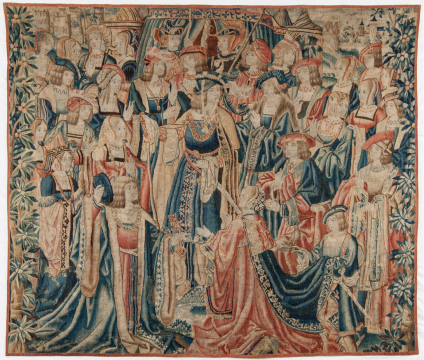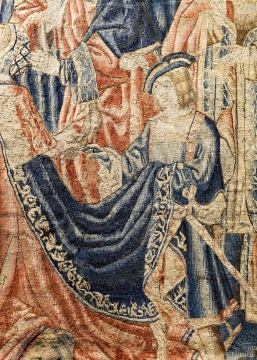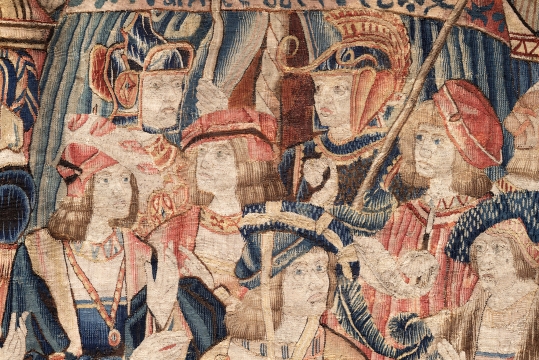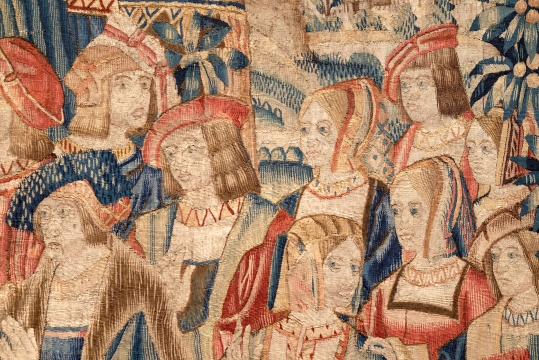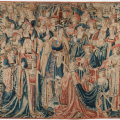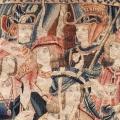Tournai or Brussels
1520-1535
Type:
Tapestry
Material / technique:
Wool and silk
Dimensions:
Height 260 – 259.5 - 258 cm x Width 298.5 – 293 - 294 cm
Type of acquisition:
Acquired by the Claire and Michel Lemay Fund
Year of acquisition:
2021
Depository institution:
TAMAT, Tournai
